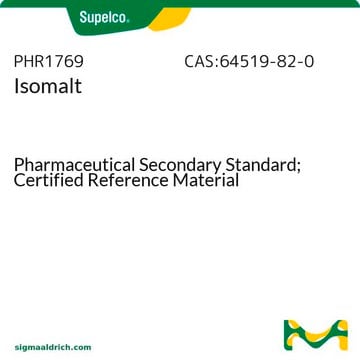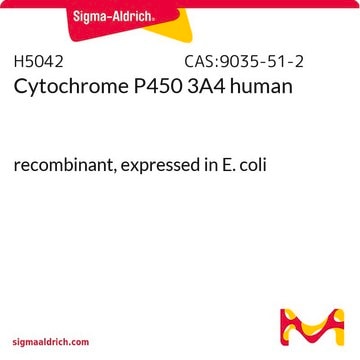M1126
L-Methionine sulfoxide
≥98% (TLC)
Synonyme(s) :
L-2-Amino-4-(methylsulfinyl)butanoic acid
About This Item
Produits recommandés
product name
L-Methionine sulfoxide,
Pureté
≥98% (TLC)
Forme
powder
Couleur
white to off-white
Pf
255 °C
Application(s)
detection
peptide synthesis
Chaîne SMILES
CS(=O)CC[C@H](N)C(O)=O
InChI
1S/C5H11NO3S/c1-10(9)3-2-4(6)5(7)8/h4H,2-3,6H2,1H3,(H,7,8)/t4-,10?/m0/s1
Clé InChI
QEFRNWWLZKMPFJ-YGVKFDHGSA-N
Informations sur le gène
rat ... Ggt1(116568)
Vous recherchez des produits similaires ? Visite Guide de comparaison des produits
Application
- The DmsABC S-oxide reductase is an essential component of a novel, hypochlorite-inducible system of extracellular stress defense in Haemophilus influenzae: This study illustrates the enzymatic action of L-Methionine sulfoxide reductase in bacterial defense systems, underscoring its biotechnological applications in developing antimicrobial strategies (Nasreen et al., 2024).
Actions biochimiques/physiologiques
Code de la classe de stockage
11 - Combustible Solids
Classe de danger pour l'eau (WGK)
WGK 3
Point d'éclair (°F)
Not applicable
Point d'éclair (°C)
Not applicable
Équipement de protection individuelle
Eyeshields, Gloves, type N95 (US)
Certificats d'analyse (COA)
Recherchez un Certificats d'analyse (COA) en saisissant le numéro de lot du produit. Les numéros de lot figurent sur l'étiquette du produit après les mots "Lot" ou "Batch".
Déjà en possession de ce produit ?
Retrouvez la documentation relative aux produits que vous avez récemment achetés dans la Bibliothèque de documents.
Les clients ont également consulté
Chromatograms
application for HPLCNotre équipe de scientifiques dispose d'une expérience dans tous les secteurs de la recherche, notamment en sciences de la vie, science des matériaux, synthèse chimique, chromatographie, analyse et dans de nombreux autres domaines..
Contacter notre Service technique











